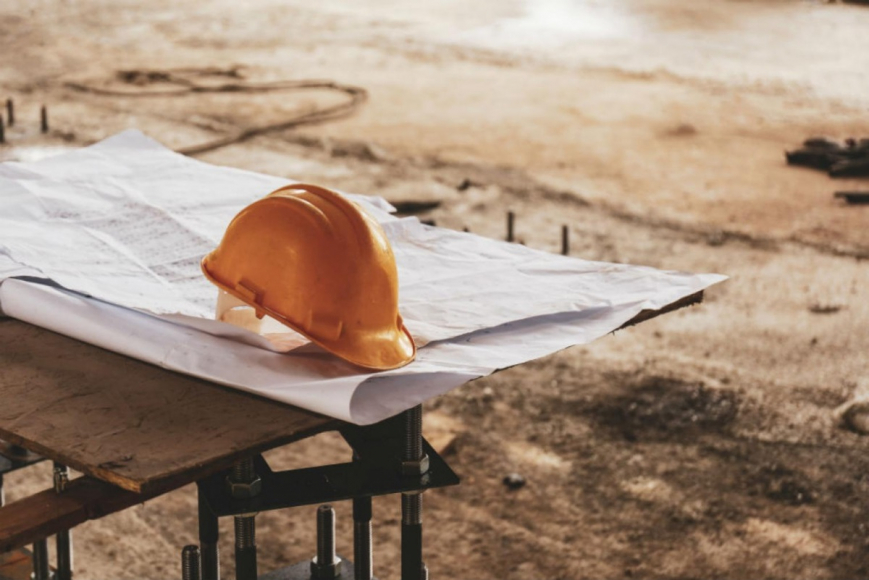Federal Oil Pollution Prevention Regulations require that any facility that stores over 1 million gallons of oil must consider whether they need an FRP, however, there are many exceptions. Find out if any of them apply to you.
Federal oil pollution prevention regulations, as found in 40 CFR Part 112, require that any facility that stores over 1 million gallons of oil must consider whether they need to develop a Facility Response Plan, or FRP. These oils can consist of a variety of petroleum and non-petroleum products. Should the facility experience a catastrophic release, the main concern would be the potential impact to the environment and other sensitive resources.
Who Needs a Facility Response Plan?
The regulations outline necessary emergency planning efforts required – including notification, training, and equipment management – which qualifying facilities must have in place as part of their FRPs. Obtaining and managing these plans, in addition to performing the required annual response exercises, can be quite costly for a large facility. However, the regulations also include a reasonable exception to the FRP requirements; namely that if it can be shown that no sensitive environmental, cultural, or human health resources would be impacted by a release, then an FRP is not needed.
While a facility would still have to maintain Spill Prevention, Control, and Countermeasure (SPCC) plans for instances where they store 1,320 gallons of petroleum or more, an FRP (with its associated expenses) may not be needed. This may allow some rail facilities to better focus their expenses on other concerns while still managing their oil storage in an environmentally conscientious manner.
Updating an Existing FRP
When considering whether to update an existing FRP, facility leaders need to first ask themselves if they even need an FRP. The most important question is whether or not a catastrophic release of fuel from tanks would impact a sensitive resource (a list of which is set forth in Appendix C of the regulations.) So even if they store more than 1 million gallons of oils onsite, a facility may not be required to maintain an FRP after all.
If the facility can answer “no” to the following three questions, an FRP may not be needed:
- Is the facility located at a distance such that a discharge from the facility could cause injury to fish and wildlife and sensitive environments?
- Is the facility located at a distance such that a discharge from the facility would shut down a public drinking water intake?
- Has the facility experienced a reportable oil spill in an amount greater than or equal to 10,000 gallons within the last five years?
If the answers to all three questions is “no,” then the facility will not cause substantial harm to sensitive resources, and therefore an FRP is not needed.
Considerations for New Facilities
The same questions can be asked before considering construction of a new facility in order to prevent the need for an FRP from ever arising. While a new facility would not have any historic reportable spills greater than 10,000 gallons (unless it was being built on an existing storage yard), the other two questions—whether sensitive resources are located nearby and whether there is a drinking water intake downstream—are worth considering.
If the tank farm can be located where either natural features or engineering controls would keep a catastrophic release isolated and contained, this could prevent any impact to sensitive resources and thus save time and money for the company. In an upcoming blog, we will explore how a facility can determine whether sensitive resources are present, how to model the release, and how to understand potential modeling outcomes and their impacts to your facility, so make sure to check back soon.
Whether you are planning on updating your FRP or constructing a new facility that might require an FRP, Antea Group can help. Contact us today to get started.
Want more news and insights like this?
Sign up for our monthly e-newsletter, The New Leaf. Our goal is to keep you updated, educated and even a bit entertained as it relates to all things EHS and sustainability.
Get e-NewsletterHave any questions?
Contact us to discuss your environment, health, safety and sustainability needs today.





